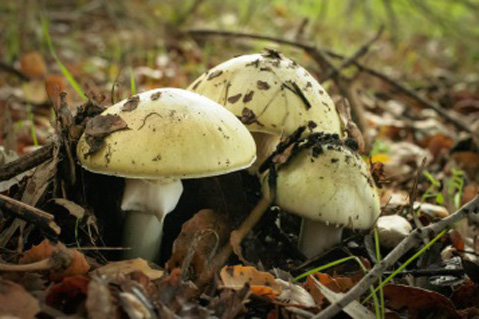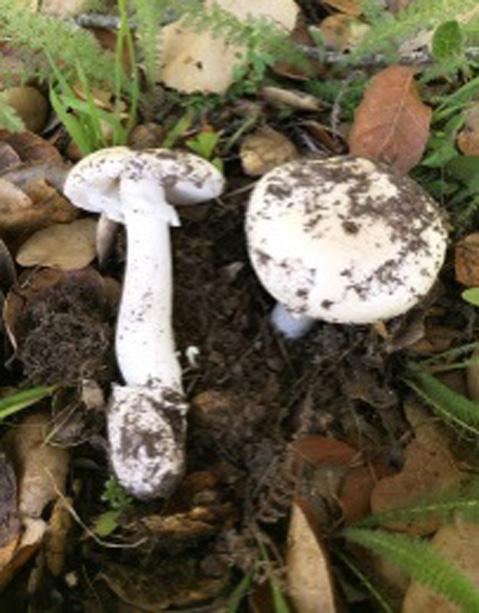
Wild mushrooms are sprouting underfoot as dampish conditions continue, and the state’s Public Health Officer, Dr. Karen Smith, warns of Amanita phalloides, aka “death cap” mushroom, and Amanita ocreata, or the “destroying angel.” As their common names indicate, they should not be eaten.

Appetites being what they are, if abdominal pain, vomiting, or diarrhea occur after eating mushrooms from the wild, Public Health warns that liver or kidney failure could follow, as happened to three Californians last year. Injury to those organs and dehydration are other common side effects of poison mushroom ingestion, and treatment was required last year for 415 people in the state; eight went into intensive care.
California’s Poison Control System was contacted three times last year after children in Santa Barbara County ate wild mushrooms, and once for what turned out to be a hallucinogenic mushroom that landed an adolescent in the emergency room. None, however, were suspected to be Amanita mushrooms. They do grow in the county, as a man died in 2009 after eating what is thought to have been ocreata, which resemble an edible mushroom variety. Dogs also fall victim to poisonous mushrooms, and several have died in the past decade of mushroom poisoning.

 on Google
on Google 